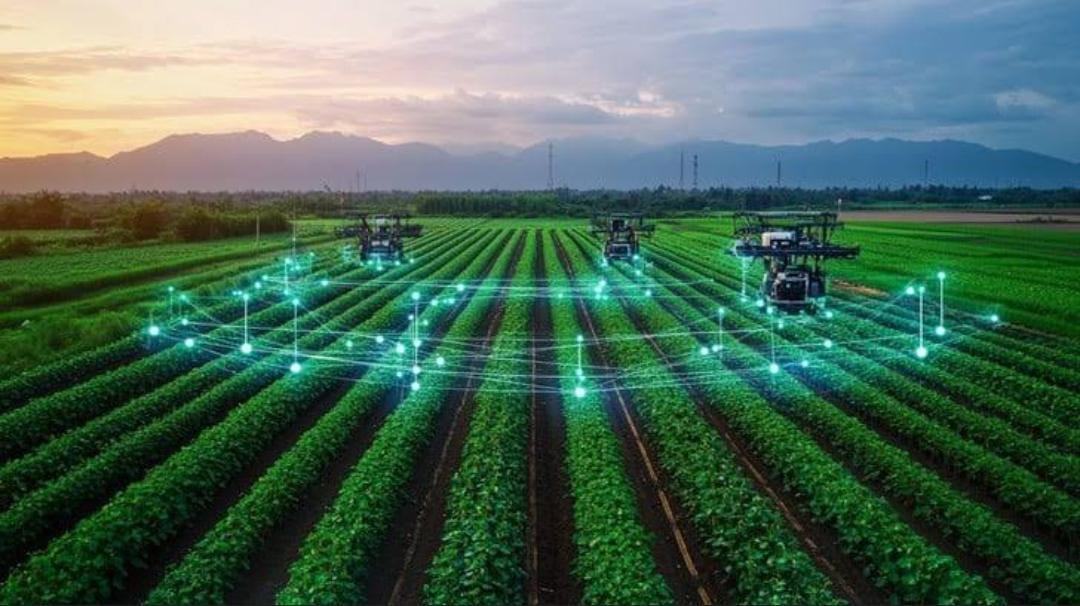Inquire
Smarter Crops through Automated Monitoring

In modern agriculture, traditional manual crop monitoring is no longer sufficient to meet the growing demands of food production. Automated monitoring systems using IoT (Internet of Things) are transforming the way crops are grown, managed, and harvested. These systems leverage sensors, cloud connectivity, and real-time data analytics to create smarter, more efficient farms.
System Architecture
-
Environmental Sensors: Devices to track temperature, humidity, light intensity, and rainfall.
-
Soil Sensors: Tools to measure soil moisture, pH level, and nutrient content.
-
IoT Microcontrollers: ESP32, Arduino, or Raspberry Pi units that collect sensor data.
-
Wireless Communication: Data is transmitted using protocols like LoRa, Zigbee, Wi-Fi, or MQTT.
-
Cloud Integration: Platforms like AWS IoT, Azure, or ThingSpeak store and process incoming data.
-
User Dashboard: Visual interfaces for farmers to monitor conditions via smartphones or web portals.
Working
-
Real-Time Data Collection: Sensors continuously monitor soil and atmospheric conditions.
-
Edge Processing: Microcontrollers process key metrics and trigger alerts or actions locally.
-
Cloud Upload: Filtered data is uploaded to the cloud for storage, analytics, and visualization.
-
Decision Support: Based on thresholds or AI models, the system can suggest or automate irrigation, fertilization, and pest control.
-
Farmer Alerts: Notifications via SMS or app inform farmers of critical changes or required actions.
Benefits
-
Precision Farming: Targeted irrigation and fertilization reduce waste and improve yield.
-
Labor Efficiency: Reduces manual monitoring, freeing time for other critical tasks.
-
Early Detection: Identifies diseases, nutrient deficiency, or drought stress early.
-
Data-Driven Decisions: Empowers farmers with historical and predictive insights.
Use Case
A sugarcane farm implemented an IoT monitoring system using capacitive soil moisture sensors and temperature-humidity sensors connected to an ESP32. Data was sent to ThingSpeak every 15 minutes. Based on soil thresholds, an automated irrigation valve activated, leading to a 30% reduction in water usage and a 20% increase in crop yield within one season.
Conclusion
Automated monitoring systems are reshaping agriculture by turning reactive farming into proactive, data-driven crop management. With continued advancements in IoT and AI, the future of farming is not just digital—it’s smarter.
- Managerial Effectiveness!
- Future and Predictions
- Motivatinal / Inspiring
- Other
- Entrepreneurship
- Mentoring & Guidance
- Marketing
- Networking
- HR & Recruiting
- Literature
- Shopping
- Career Management & Advancement


 SkillClick
SkillClick